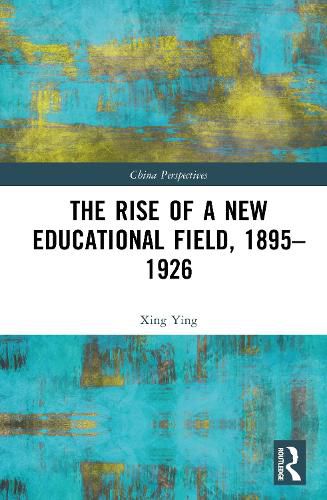Readings Newsletter
Become a Readings Member to make your shopping experience even easier.
Sign in or sign up for free!
You’re not far away from qualifying for FREE standard shipping within Australia
You’ve qualified for FREE standard shipping within Australia
The cart is loading…






This book examines China's educational transformation between 1895 and 1926. Based on three case studies, it explores the rise of a new field of education and reveals the intricate relationship between educational reforms, intellectual societies and revolutionary movements.
Through meticulous historical analysis, the book chronicles the evolution of China's modern education system during a period of profound social and political change. Part I examines how new-style schools replaced the traditional imperial examination system in Hunan Province from 1895 to 1913, thereby transforming the educational landscape. Part II focuses on the influential reforms instituted at Peking University, which established a balance between academic, political and moral orthodoxies to reshape China's intellectual sphere. Part III explores the crucial connection between secondary schools and the early communist revolutionary movement, demonstrating how educational institutions became incubators for revolutionary ideas and activities. By examining these interconnected developments, the book illuminates how educational reform became intertwined with broader currents of social transformation and revolutionary change in early twentieth-century China.
This work will appeal to historians of modern China, as well as to scholars and students of Chinese studies interested in the intersection of educational history, historical sociology and modern Chinese history and revolutionary movements.
$9.00 standard shipping within Australia
FREE standard shipping within Australia for orders over $100.00
Express & International shipping calculated at checkout
This book examines China's educational transformation between 1895 and 1926. Based on three case studies, it explores the rise of a new field of education and reveals the intricate relationship between educational reforms, intellectual societies and revolutionary movements.
Through meticulous historical analysis, the book chronicles the evolution of China's modern education system during a period of profound social and political change. Part I examines how new-style schools replaced the traditional imperial examination system in Hunan Province from 1895 to 1913, thereby transforming the educational landscape. Part II focuses on the influential reforms instituted at Peking University, which established a balance between academic, political and moral orthodoxies to reshape China's intellectual sphere. Part III explores the crucial connection between secondary schools and the early communist revolutionary movement, demonstrating how educational institutions became incubators for revolutionary ideas and activities. By examining these interconnected developments, the book illuminates how educational reform became intertwined with broader currents of social transformation and revolutionary change in early twentieth-century China.
This work will appeal to historians of modern China, as well as to scholars and students of Chinese studies interested in the intersection of educational history, historical sociology and modern Chinese history and revolutionary movements.